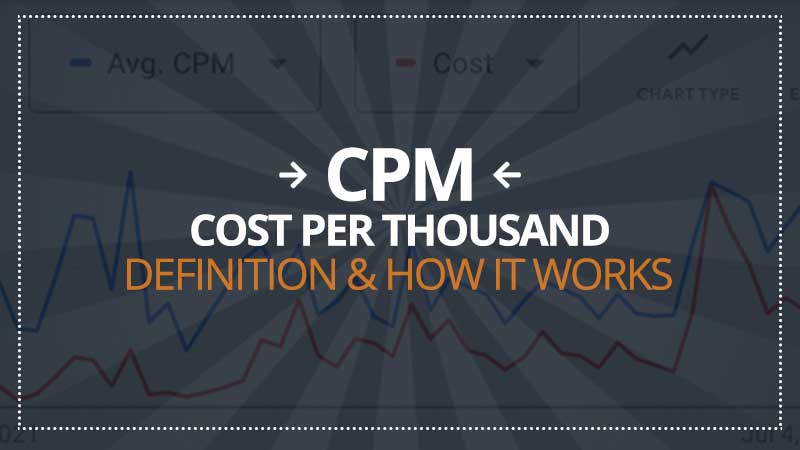Cost Per Thousand (CPM): definition
CPM is a common metric used by the online advertising industry to measure the profitability of an advertising campaign. It is often used to compare the performance of different advertisers and campaigns.
In both Google Ads and Facebook Ads (and also on other advertising platforms), it is a way to define bids where advertisers pay for a thousand views (impressions). Every time your ad is shown (not necessarily clicked, just shown), an impression is counted.
In Google Ads, CPM is used in display campaigns.

CPM stands for “Cost Per Thousand”, so what does the letter “M” actually mean?
In some cases, the acronym and the definition don’t really match.
CPM actually stands for “Cost Per Mille”. This is not the same as a car rental’s “cost per mile”: here it is Cost Per Mille (Mille with double L) – which is the Latin word for “thousand”. The Roman number for 1,000 is also “M”.
How CPM works
CPM is calculated by measuring the total amount spent on an advertising campaign divided by the impressions, then multiplied by 1,000. For example, if your campaign spent $70 and had 10,000 impressions, your CPM was $7.

